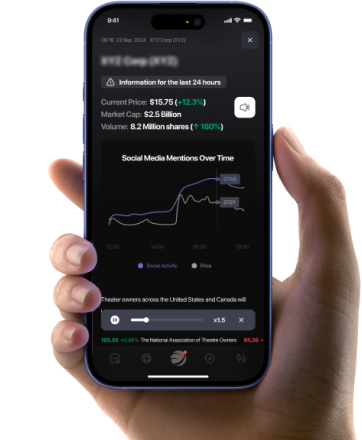The U.S. economy expanded at an annualized real growth rate of 3.1% in the third quarter of 2024, exceeding the prior estimate of 2.8%, according to the official final reading released on Thursday.
This marks the fastest pace of economic expansion since the fourth quarter of 2023 and signals a stronger-than-expected rebound in activity.
The upward revision was driven primarily by robust household spending and a larger increase in exports, although these gains were partially offset by a downward revision in private inventory investment.
Compared to the second quarter, the acceleration in GDP was attributed to stronger consumer spending, exports, and federal government expenditures.
Consumer Spending Remains the Growth Engine
Real consumer spending, a key driver of the economy, increased at an annualized rate of 3.7% in third quarter, up from the 3.5% growth reported in the previous estimate. This marked a notable acceleration from the 2.8% rise in the second quarter and the fastest pace of private consumption growth since the first quarter of 2023.
Household spending accounted for a significant share of the GDP boost, reflecting continued resilience despite high borrowing costs and lingering inflationary pressures.
Corporate profits contracted by 0.4% during the third quarter, a revision from the flat growth reported earlier and a sharp reversal from the 3.5% increase seen in the second quarter.
Inflation pressures, as measured by the GDP price index, rose 1.9%, consistent with earlier estimates but down from 2.5% in the second quarter.
The Core Personal Consumption Expenditures Price Index, a preferred measure of inflation for the Federal Reserve, increased at a 2.2% annualized rate, slightly above the 2.1% initially estimated but easing from 2.8% in the second quarter.
Labor Market Shows Continued Strength
In a separate report on Thursday, labor market data revealed a decline in unemployment claims, reinforcing the narrative of a strong labor market.
Initial jobless claims fell to 220,000 for the week ending Dec. 14, down from 242,000 the previous week and below expectations of 230,000. Continuing claims also edged lower, dropping from a revised 1.879 million to 1.874 million, defying projections of an increase to 1.89 million.
These figures indicate that the brief spike in claims observed in early December has not persisted, pointing to robust momentum in employment as 2024 draws to a close.
Market reactions
Risk sentiment rebounded during the premarket trading on Thursday, following the sharp selloff witnessed a day earlier amid a more hawkish than expected Federal Reserve meeting.
Futures on major U.S. indices were in the green, with contracts on the S&P 500 index rising by 0.8%. Similar gains were witnessed by the Nasdaq 100 and the Dow. On Wednesday the SPDR S&P 500 ETF Trust SPY closed 3% lower, marking its worst session since September 2022.
The U.S. dollar index – Invesco DB USD Index Bullish Fund ETF UUP – remained broadly steady for the day.
Meanwhile, Treasury yields continued their relentless climb, with yields on the 10-year benchmark surpassing 4.53%, hitting the highest levels since early May 2024.
Read Next:
Photo: Shutterstock
© 2024 Benzinga.com. Benzinga does not provide investment advice. All rights reserved.








